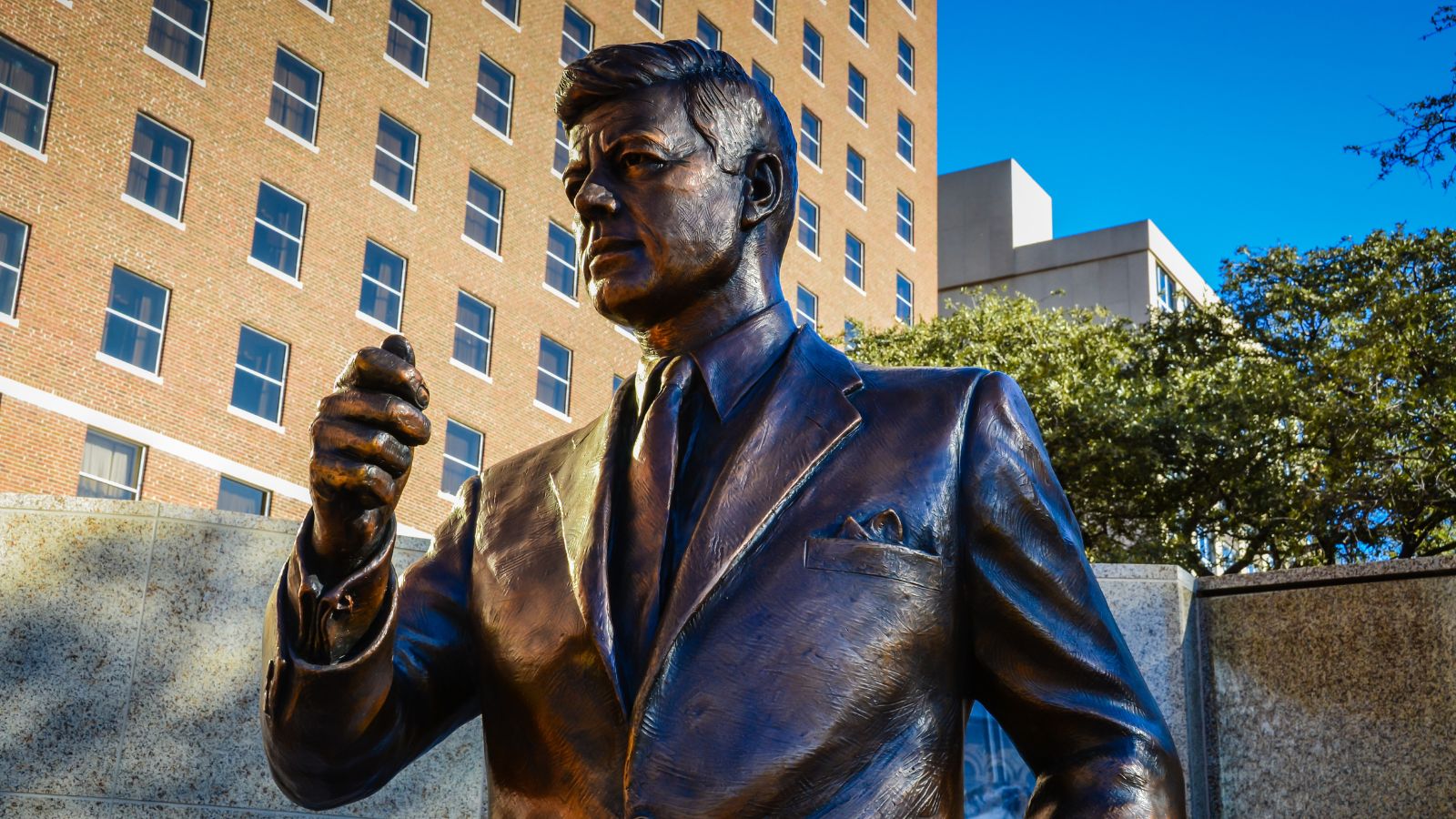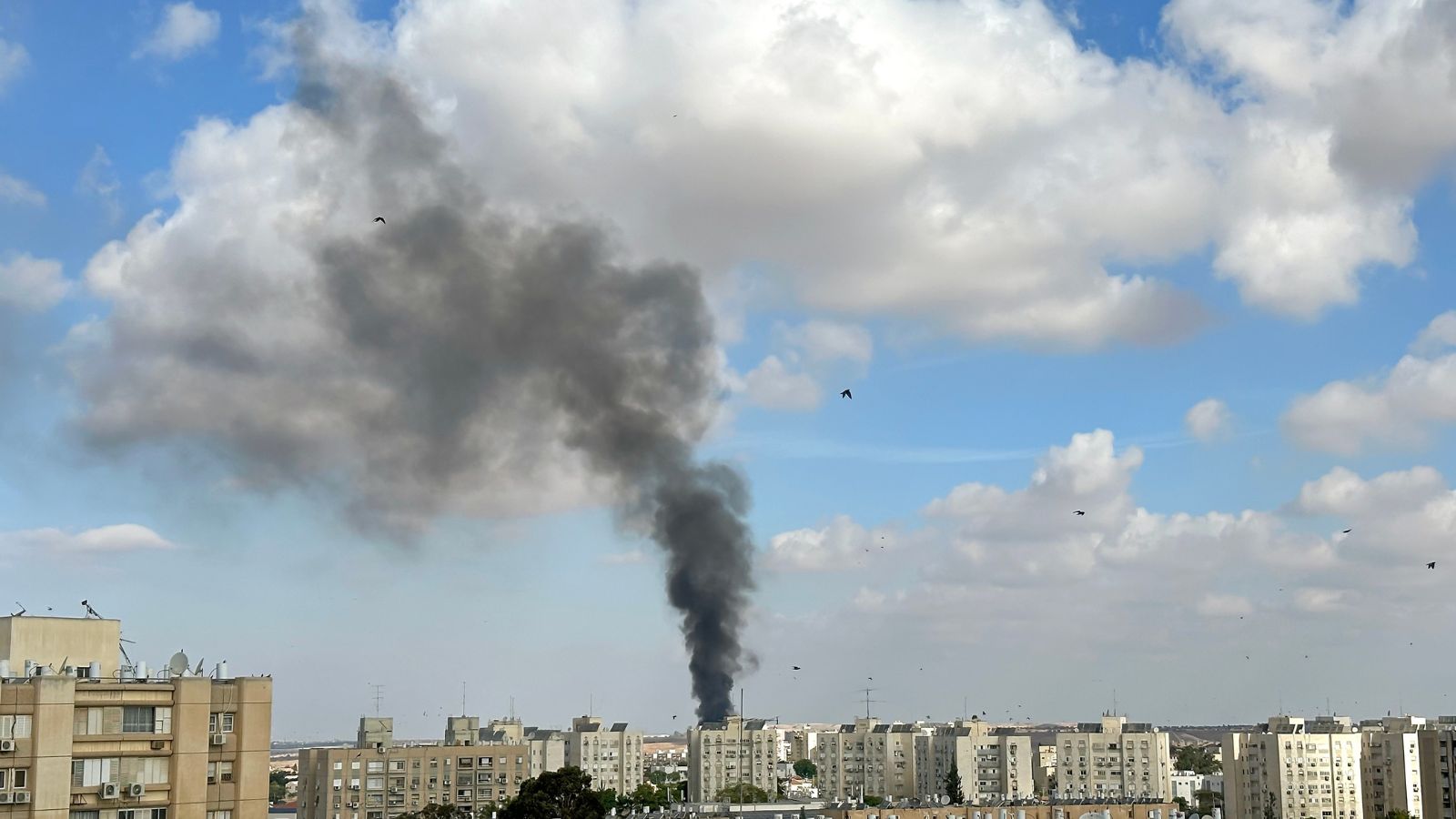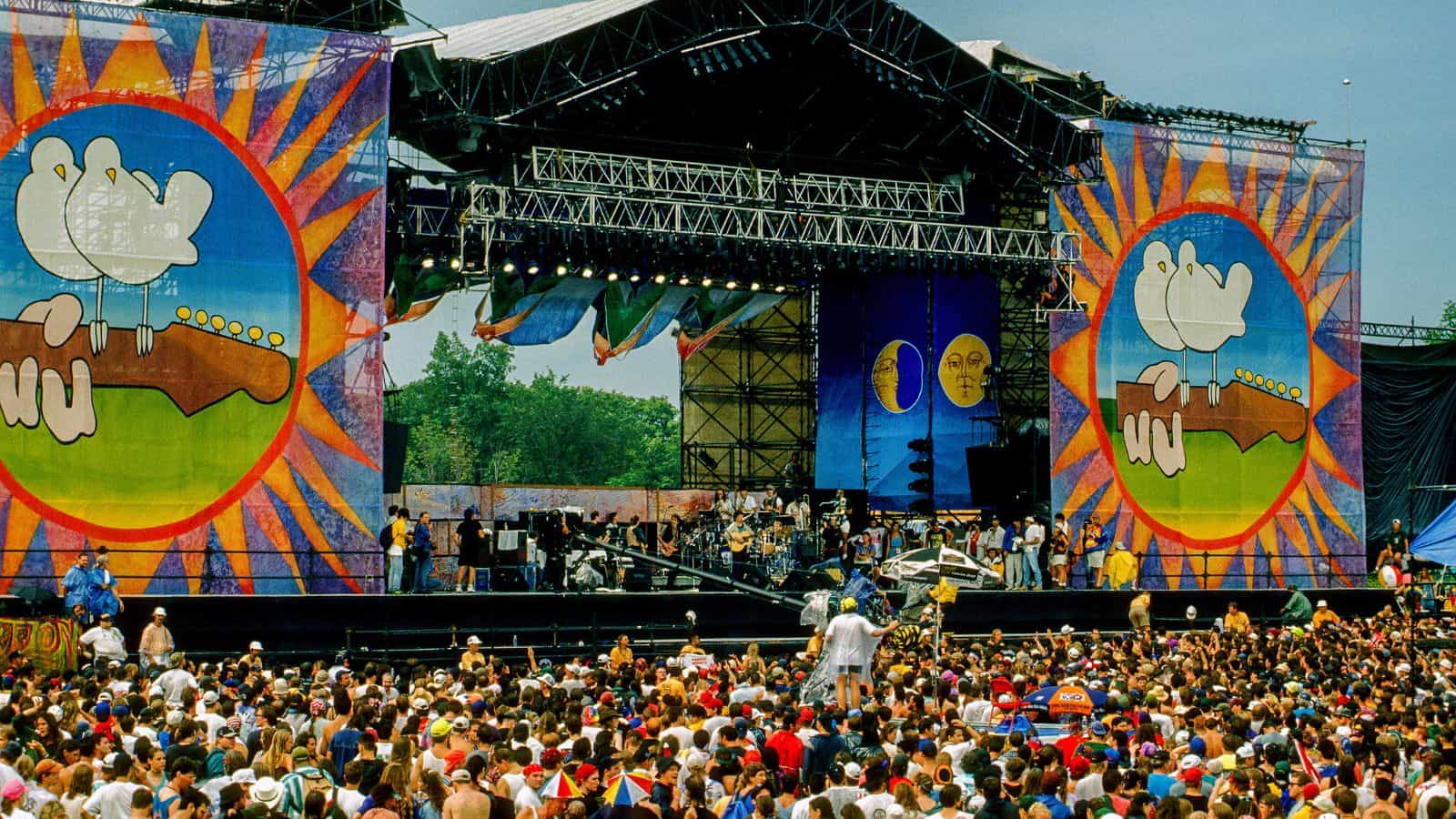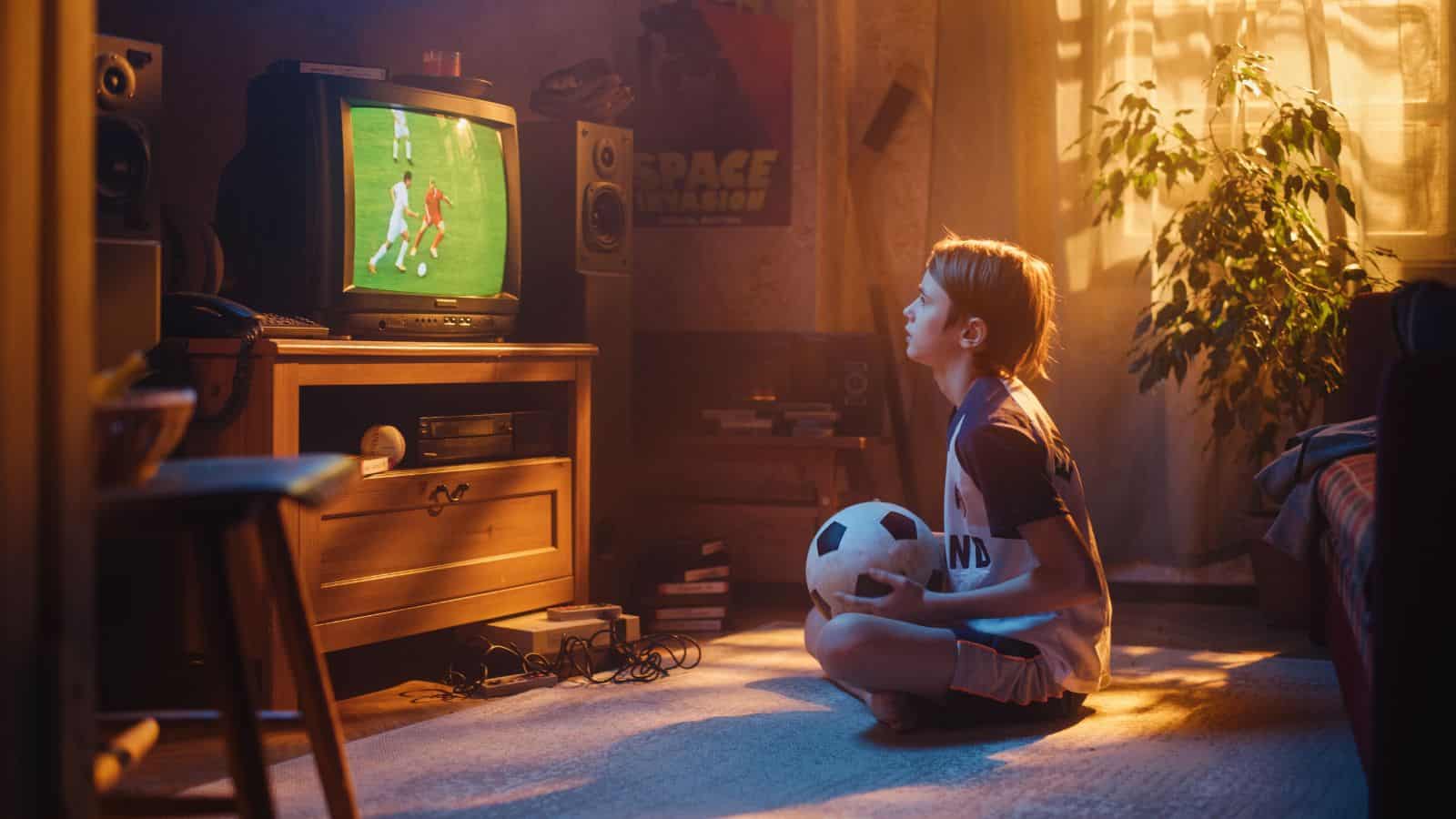The 1960s was a decade marked by significant historical events that shaped the world in various ways. From cold and “hot” wars to exciting new toys, kids of the ‘60s have some memories we will never be able to replicate (for some of the events, we hope not to).
U-2 Incident (1960)

An American U-2 spy plane, piloted by Francis Gary Powers, was shot down over Russia, escalating Cold War tensions and canceling a summit between the United States, the Soviet Union, Great Britain, and France in Paris. For children in the ‘60s, this was a sign the duck and cover drills would continue at school.
Bay of Pigs Invasion (1961)

The Bay of Pigs Invasion may sound like the next Disney movie. Still, it was a serious part of the Cold War—the failed military invasion of Cuba by CIA-trained forces of Cuban exiles aimed at overthrowing Fidel Castro. The failed invasion provoked anti-U.S. demonstrations in Latin America and Europe, further embittering U.S.-Cuban relations.
Construction of the Berlin Wall (1961)

People commonly believe the Berlin Wall was built immediately following the fall of the Nazis in Germany. However, East Germany erected the Berlin Wall, physically and ideologically dividing East and West Berlin due to the Cold War between the USSR and the allies of the U.S.
Cuban Missile Crisis (1962)

In school, we learn about the Cuban Missile Crisis, the 13-day confrontation between the United States and the Soviet Union over Soviet ballistic missiles deployed in Cuba. However, living through the world being on the brink of nuclear war is a different experience altogether.
March on Washington (1963)

On August 28, 1963, people poured into Washington, D.C., for the March on Washington for Jobs and Freedom. The massive, peaceful protest in Washington, D.C., was where Martin Luther King Jr. delivered his iconic “I Have a Dream” speech to over 250,000 people. For most kids in the ‘60s, this was a breath of hope for the future.
Assassination of John F. Kennedy (1963)

The world seemed to stop when the U.S. president was assassinated in Dallas, Texas, a pivotal moment in American history. Unlike the world we live in today, children were not released from school to be with their families to mourn but watched alongside their fellow students and teachers.
Playing with G.I. Joe (1964)

When Hasbro’s G.I. Joe action figure was introduced in 1964, they’d tapped into every boy’s not-so-secret fantasies. At first, the action soldier was a considerable success, but sales declined as support for the Vietnam War waned. In 1969, Hasbro responded by reimagining “America’s Movable Fighting Man” as “G.I. Joe Adventure Teams.”
Vietnam War Escalation (1965)

The U.S. dramatically increased its military presence in Vietnam, leading to widespread protests and societal division. Some teenagers had to make decisions about joining the military or being drafted, while their younger siblings worried about losing siblings. Whether they were supportive of the war or not, it was a scary time for families.
Playing with Barbie Dolls (1960)

The iconic Barbie doll, introduced in 1959, became a staple of 1960s childhood, with sales reaching 300,000 in its first year. It was in the ’60s that Barbie topped every girl’s wish list. Supermodel Twiggy was her fashion inspiration, and she even had bendable legs.
Watching American Bandstand

American Bandstand was must-see TV for every kid growing up in the ’60s. Hosted by “America’s oldest teenager” Dick Clark, not only did the show help us discover new artists like Smokey Robinson, Stevie Wonder, Sonny and Cher, and Tina Turner, but it also taught us hot dance crazes like the Loco-Motion, the Twist, and the Mashed Potato.
Six-Day War (1967)

Lately, many have been focused on the war between Israel and Hamas, while people who grew up in the 1960s remember how a lot of the conflict began. This brief conflict between Israel and the Arab states of Egypt, Syria, and Jordan, who wanted to end the Jewish state, resulted in significant territorial gains for Israel and the redrawing of the lines of Palestine.
Assassination of Martin Luther King Jr. (1968)

Half a decade after the assassination of the popular president JFK, another famous and notable figure was assassinated. Martin Luther King Jr., the civil rights leader, was assassinated in Memphis, Tennessee. His death led to riots and a time of fear for many Americans.
Assassination of Robert F. Kennedy (1968)

As if two assassinations in one decade weren’t hard enough on the nation, Robert F. Kennedy was killed shortly after winning the California presidential primary in Los Angeles. He and his brother JFK were prominent members of the Democratic party who had ties to Marilyn Monroe before she died in 1962, bringing out an era of conspiracy theories.
Watching The Beatles perform on The Ed Sullivan Show in 1964

Kids lucky enough to have a TV in their home in 1964 witnessed the beginning of the British invasion, with The Beatles making their American debut on The Ed Sullivan Show. They played five songs in all—”All My Loving,” “Till There Was You,” “She Loves You,” “I Saw Her Standing There,” and “I Want to Hold Your Hand.”
Apollo 11 Moon Landing (1969)

“The Space Race became a symbol of the broad ideological and political contest between two rival world powers,” says the Air and Space Museum. Though it was political and part of a war, children and adults nationwide couldn’t help but watch with excitement when Neil Armstrong and Buzz Aldrin became the first humans to walk on the moon, fulfilling President Kennedy’s goal.
Stonewall Riots (1969)

A series of spontaneous demonstrations by members of the gay community in response to a police raid at the Stonewall Inn in New York City marked the beginning of the gay rights movement. The riots and violence of the ‘60s were frightening for many, while the goals of equality lit a fire across the nation.
Woodstock Music Festival (1969)

Basically a better remembered Frye Festival, this landmark music festival symbolized the counterculture movement of the 1960s. It was held on a farm outside Bethel, NY, because it was denied access in Woodstock. And while huge names were on the stage, few tickets were sold, and most of the 400,000 people who enjoyed the festival did it for free.
The Introduction of Color TV

The transition from black and white to color broadcasting brought shows like Star Trek and Batman to vivid life. The advent of color TV directly and immediately impacted drive-in movie theaters. In ’62, there were 6,000 drive-ins in the U.S.; a year later, there were 3,550. Walk-in theaters also felt the change as more people chose to stay home and watch the three networks fight for ratings.
Following the race to break Babe Ruth’s home run record

Baseball has never been more exciting than it was in 1961, when Roger Maris and Mickey Mantle of the New York Yankees were in a neck-and-neck race to break Babe Ruth’s then-record 60 home runs in a single season. On Oct. 1st, during the last game of the regular season, Maris hit his 61st home run against the Boston Red Sox. For baseball enthusiasts, this was the peak of the game.
Read More: 21 Things That Will Be Lost Forever When The Boomer Generation is Gone

Baby boomers grew up in a vastly different culture, so they have what younger generations consider strange habits. An internet survey recently asked, “What will die with boomers?” Here are the top 22 answers.
21 Things That Will Be Lost Forever When The Boomer Generation is Gone
18 Common Phrases That Signals Support for Trump

Understanding the unique language of politics, particularly among Trump supporters, can provide valuable insights into the nation’s current state. Here’s a deeper look into 17 phrases you’ll likely only hear from this demographic.
18 Common Phrases That Signals Support for Trump
17 Religious Facts People Get Wrong All the Time

Religious beliefs and practices are often misunderstood, leading to common misconceptions. Some are just too general, others are downright out there. So, we’ll be correcting 17 widely circulated ‘facts’ about world religions.
17 Religious Facts People Get Wrong All the Time
Why People Aren’t Religious Anymore: 15 Simple Reasons

As society evolves, so does our approach to spirituality. This article looks at the subtle yet profound shift from traditional religious adherence to a more personal, evidence-based belief system.
Why People Aren’t Religious Anymore: 15 Simple Reasons
17 American Attractions That Not Even Americans Want to Visit

The United States of America—land of the free, home of the brave, and the location of some of the most ‘unique’ tourist attractions you’ll ever lay eyes on.
Get ready to chuckle, scratch your head, and maybe even facepalm as we look at 17 American attractions that not even Americans think are worth visiting.
17 American Attractions That Not Even Americans Want to Visit
